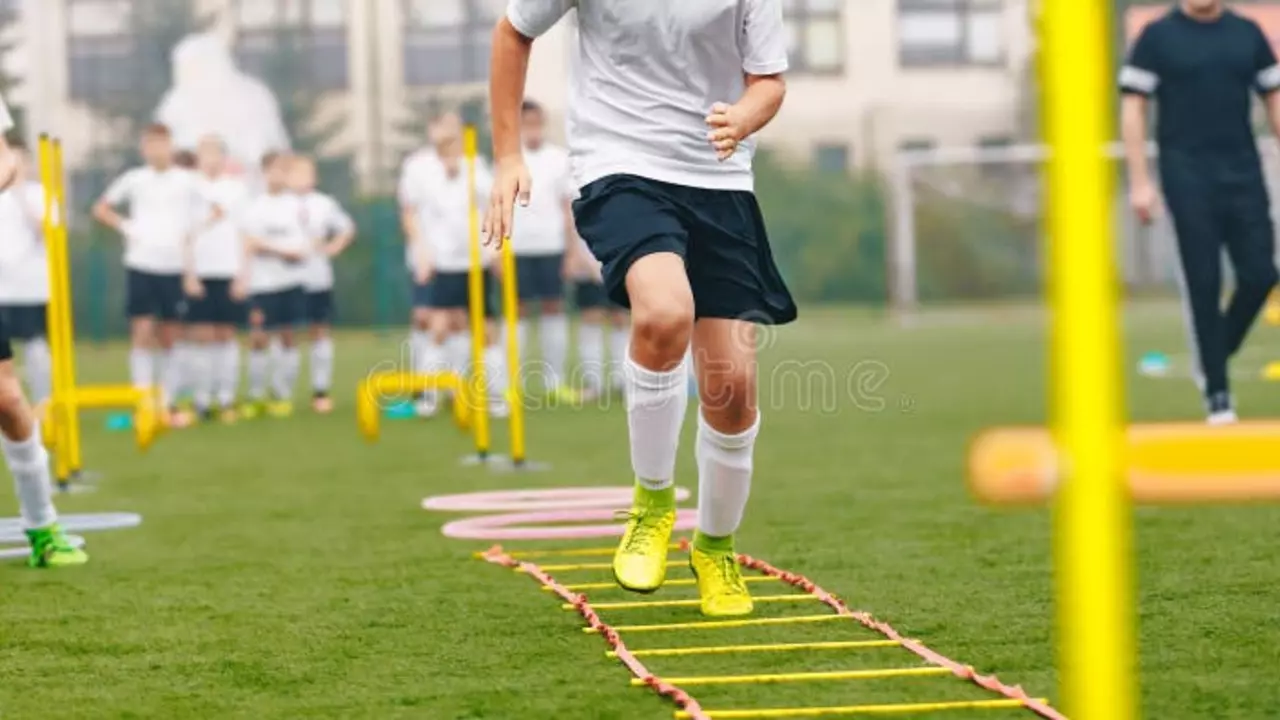Understanding Soccer Positions
Before we leap into the finer details, let's take a detour around the soccer field. See, when you look at a soccer team, it's not just a group of kids charging towards the goal. Each position has a purpose, a mission if you will, and it's up to the coach (and the parents of course, whose role never ends) to help the young ones comprehend this dynamic of the game.
Essentially, in the broadest terms possible, a soccer field is divided into three zones - defence, midfield, and attack. Each player, based on their position, will generally operate within one of these zones. The goalkeeper, a role treasured by many for its air of invincibility, is the last line of defence. Now, before you picture your U8 standing there like some little Spartan fending off the enemy lines, remember, at this age, it's about having fun. My retriever Finn, a sports enthusiast if there ever was one, would definitely volunteer as a goalkeeper if given the chance.
Explaining Soccer Positions to U8
So, young minds, they're wonderfully curious and admirably attentive, aren't they? How then should we approach the subject of soccer positions with them? To start off, remember that we are not aiming to produce little Messis or Ronaldos; we want them to enjoy the game, to learn the basic principles, and to understand the importance of teamwork.
We don’t want to make the classes look like a military training session. You need to teach and communicate in a way that they can relate to. For example, when I’m teaching positions to my team, I often use my budgerigar Chip as an analogy. I explain how Chip flies around our house, covering different areas for feeding, resting and playing. Similarly in soccer, each player has their own role to play on different parts of the field.
Fun Drills to Assign Positions
Introducing young kids to the concept of soccer positions doesn't have to involve a blackboard and a lot of frowning. It can be fun! Imagine playing 'musical chairs' but with soccer positions. You play some music and when it stops, shout a position and the kids have to run to the area of the field where that position usually operates. Talk about learning with a sprinkle of fun!
Another way could be giving them different superhero characters based on their positions. The goalkeeper is the invincible Iron Man, defenders as the bulky Hulk, midfielders as the swift Flash while forwards as the precise Hawkeye, perhaps. Children love these characters and it will be easy for them to remember what's expected in each role. Plus, who doesn’t want to be a superhero on the field right?
Maintaining Balance in the Games
Ensuring balance is an important aspect when teaching soccer positions to U8. It's tempting to create a team of mega-scorers, but that's a no go in the soccer ideology. Imagine being a defender, watching your mates having all the fun while you're stuck in the back. U8 is a delicate age and if we want them to fall in love with the game, we must ensure they enjoy every moment.
That's why, in my coaching sessions, I place an emphasis on rotation. A fear of many parents is that their child will be stuck in a position they don't enjoy. But what if we give every child a run in each role? One day they're the goal-defending knights, and the next they're the goal-scoring heroes. It not only maintains the balance but also makes them understand and respect all the positions. Moreover, you never know where the child’s talent might surprise you.
So here we are, the end of a rather extensive tour down the lanes of teaching soccer positions to U8. To recap, we explored the importance of understanding soccer positions, discussed how to simplify the explanation for the young minds, came up with creative drills to assign positions, and emphasized the need for balance in games. Remember, at the end of the day the purpose is for the kids have fun, learn to work as a team, and of course, develop a lifelong love for this beautiful game.
